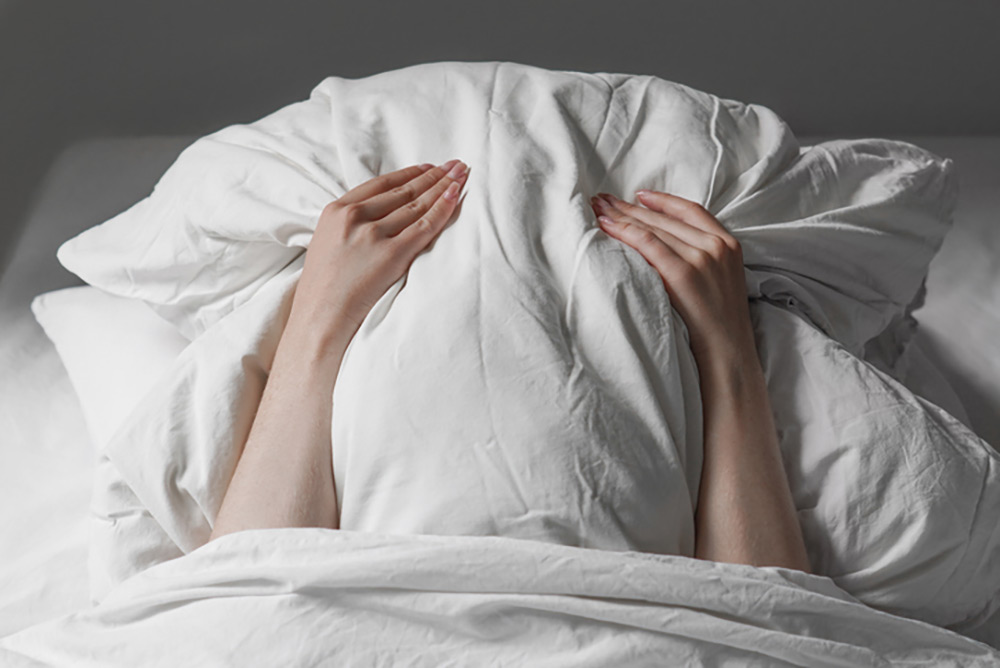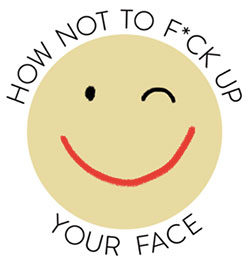By Valerie Monroe
If you’re interested in feeling happier about your appearance—especially as you age—you might like reading what she has to say about it. For more of her philosophical and practical advice, subscribe for free to How Not to F*ck Up Your Face at valeriemonroe.substack.com.
SOME MONTHS AGO I was stuck in a cast for three weeks and advised to rest. That seemed to make it a good time to answer a question about . . . pillows.
Q: I tend to sleep on my side and wake up with visible lines from “face smooshing” on my pillow. And I hesitate to try to sleep on my back for fear I may snore. Any advice?
A: I have the same issue, dear Reader, and have wondered about a silk pillowcase a PR person sent me years ago that I’ve never used. It’s supposed to reduce facial wrinkling while you sleep. I like sleeping on crisp sheets, but I like the crisp left cheek I see in the morning less. I thought the effectiveness of silk pillowcases was a Princess and the Pea kind of situation—a fairy tale. But HNTFUYF DermDiva Heidi Waldorf disabused me of that idea.
“Unfortunately, it’s true that smooshing your face into a pillow for eight hours every night can increase wrinkling and even decrease the skin’s volume,” she said. “Sleep lines—literally the creases caused by the skin folding in on itself—are a long-lasting result. My patients were frequently amazed at my Kreskin-like ability to know which side they slept on.
“As a side-sleeper myself, I didn’t suggest patients force themselves to sleep on their backs; it’s hard enough for many to sleep well as it is,” she continued.
To the rescue: a silk pillowcase!
The reduced friction between the fabric and your face actually does cause fewer wrinkles, Waldorf said. “My late mom always slept on a silk or satin pillowcase,” said Waldorf. “In those days, they were available only in white or cream, required special care, and didn’t last long.” Happily, companies like Slip make sturdier, wash-and-dry silk pillowcases in a range of colors and sizes, she said.
Your choice of pillow reduces “face squish,” too, Waldorf said. Her late grandma always slept with a “neckie”—a U-shaped, silk-covered pillow—that kept her face slightly elevated even when she was lying on her side. Now, there are similar pillows that support your neck and head but are scooped out in the center, like the Save My Face and enVy pillows. Waldorf uses a pillow that shapes to her face. (I think mine does, too, though not well enough to avoid leaving creases.)
In Japan, pillows are commonly stuffed with buckwheat hulls (called sobakawa pillows), which I find less comfortable than something that doesn’t feel like a bag of nuts under my face. On the other hand, buckwheat hull pillows are reportedly less vulnerable to mites and are supposed to mold easily to your head. You can read more about them (and get one if you’re so inclined) here.
Looking on the bright side—and why not?—when you wake up with a creased face, at least you know you slept.



